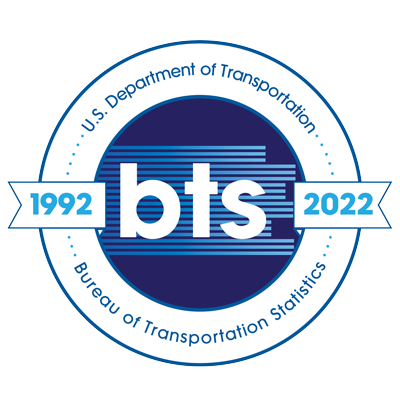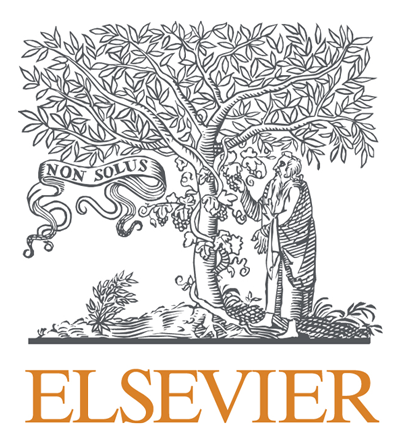High resolution dasymetry of socio-demographics variables to better understand adaptive capacity in Kansas
Topics:
Keywords: adaptive capacity, resilience, spatial resolution, dasymetry
Abstract Type: Poster Abstract
Authors:
Denise Chavez, Department of Geography and Geospatial Sciences, Kansas State University
Katherine Nelson, Department of Geography and Geospatial Sciences, Kansas State University
,
,
,
,
,
,
,
,
Abstract
During the 20th century, there has been rapid growth in research on adaptive capacity and resilience to climate change. Adaptive capacity can be defined as mechanisms deployed by human systems to adapt to change. To characterize human systems, we rely on spatially aggregated population data that consists of areal units with low spatial resolution- census tract, census block group, and census block where the latter has the highest resolution. Whereas the spatial resolution of climate change data tends to be available at varying resolutions with the highest being a 4km grid. There is a disconnect in the characterization of social or human systems variables and environmental variables. To better understand the distribution of adaptive capacity and climate change, especially in rural areas, we need to be able to link the interactions of the environment to people’s living spaces. For this reason, we propose conducting dasymetry mapping of socio-demographic variables before running adaptive capacity models. Following the methods employed by Swanwick et al (2022), I use land cover data from MRLC (impervious surfaces) and block population from the 2020 decennial census to develop gridded estimates of population demographics at a 30m resolution. These gridded estimates can be used to provide more detailed evaluation of interactions of human systems and their adaption capacity to climate change.
High resolution dasymetry of socio-demographics variables to better understand adaptive capacity in Kansas
Category
Poster Abstract








